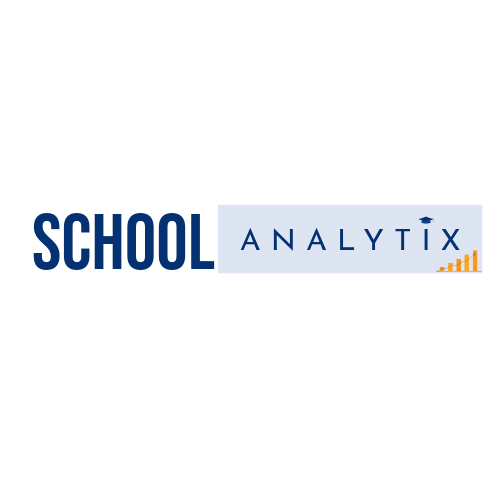Attendance is a fundamental aspect of student success, yet chronic absenteeism remains a prevalent issue in education systems worldwide. Understanding the patterns of student absenteeism and its impact on academic outcomes is crucial for educators, policymakers, and stakeholders seeking to foster student engagement and achievement. In this article, we delve into the intricate relationship between student absenteeism and academic performance, leveraging data analytics to uncover patterns, trends, and insights that can inform interventions and support strategies.
The Significance of Attendance in Education
Attendance serves as a strong predictor of academic success, with regular school attendance linked to higher achievement levels, improved graduation rates, and positive long-term outcomes. Conversely, chronic absenteeism—defined as missing 10% or more of school days—can have detrimental effects on student learning, social-emotional development, and future prospects. By examining patterns of absenteeism and its impact on academic outcomes, educators can identify at-risk students early, implement targeted interventions, and mitigate the negative consequences of chronic absenteeism.
Data Analytics: Unveiling Patterns and Trends
Data analytics offers a powerful lens through which to examine patterns of student absenteeism and its ramifications for academic performance. By leveraging student attendance records, demographic information, and academic achievement data, educators can conduct comprehensive analyses to uncover insights such as:
Absence Frequency and Duration: Examining the frequency and duration of student absences to identify patterns of chronic absenteeism and intermittent attendance.
Temporal Trends: Analyzing temporal trends in student absenteeism, including day of the week, time of day, and seasonal variations, to discern underlying factors influencing attendance behavior.
Correlation with Academic Performance: Investigating the correlation between absenteeism rates and academic achievement metrics, such as grades, standardized test scores, and course completion rates.
Demographic Disparities: Exploring demographic disparities in absenteeism rates, including factors such as socioeconomic status, race/ethnicity, and geographic location, to identify equity gaps and disparities in access to education.
Predictive Modeling: Developing predictive models to forecast future absenteeism patterns and anticipate students at risk of chronic absenteeism and academic underachievement.
Impact on Academic Outcomes
The impact of student absenteeism on academic outcomes is multifaceted and far-reaching, encompassing various domains of student learning and development:
Academic Achievement: Research consistently demonstrates a negative association between absenteeism and academic achievement, with higher rates of absenteeism correlating with lower grades, test scores, and overall academic performance.
Course Completion and Graduation Rates: Chronic absenteeism significantly undermines students’ ability to complete coursework, progress academically, and ultimately graduate from high school or pursue postsecondary education and career opportunities.
Social-Emotional Wellbeing: Absenteeism can exacerbate feelings of disengagement, isolation, and alienation among students, leading to decreased motivation, self-esteem, and social connectedness.
Long-Term Outcomes: The consequences of chronic absenteeism extend beyond the classroom, impacting students’ long-term educational attainment, employment prospects, and socioeconomic mobility.
Intervention Strategies and Support Initiatives
Addressing student absenteeism requires a multifaceted approach encompassing prevention, intervention, and support strategies:
Early Identification: Implementing early warning systems and data-driven tools to identify students at risk of chronic absenteeism and academic underachievement.
Targeted Interventions: Providing targeted interventions and support services tailored to the unique needs of at-risk students, including mentoring, counseling, family engagement, and community partnerships.
Attendance Incentives: Implementing attendance incentives, recognition programs, and positive reinforcement strategies to promote regular school attendance and foster a culture of engagement and belonging.
Collaborative Efforts: Collaborating with families, caregivers, community organizations, and interdisciplinary teams to address the root causes of absenteeism and create comprehensive support networks for students.
Policy and Systems Change: Advocating for policy reforms, systemic changes, and resource allocation initiatives aimed at addressing systemic inequities, reducing barriers to attendance, and promoting inclusive educational environments.
Conclusion
Examining patterns of student absenteeism and its impact on academic outcomes through data analytics is essential for fostering student success and advancing educational equity. By leveraging data-driven insights, educators can identify at-risk students early, implement targeted interventions, and create supportive learning environments that promote regular attendance and academic achievement. However, addressing chronic absenteeism requires a collaborative and multi-stakeholder approach, encompassing educators, policymakers, families, and communities. Together, we can work towards building a more inclusive, equitable, and supportive educational system where every student has the opportunity to thrive.
In this article, we’ve explored the intricate relationship between student absenteeism and academic outcomes, highlighting the significance of attendance in fostering student success. Through data analytics, educators can uncover patterns, trends, and disparities in absenteeism rates, informing targeted interventions and support strategies to address chronic absenteeism and promote academic achievement. As we continue to prioritize attendance and engagement in education, we can create learning environments where all students have the opportunity to reach their full potential.
